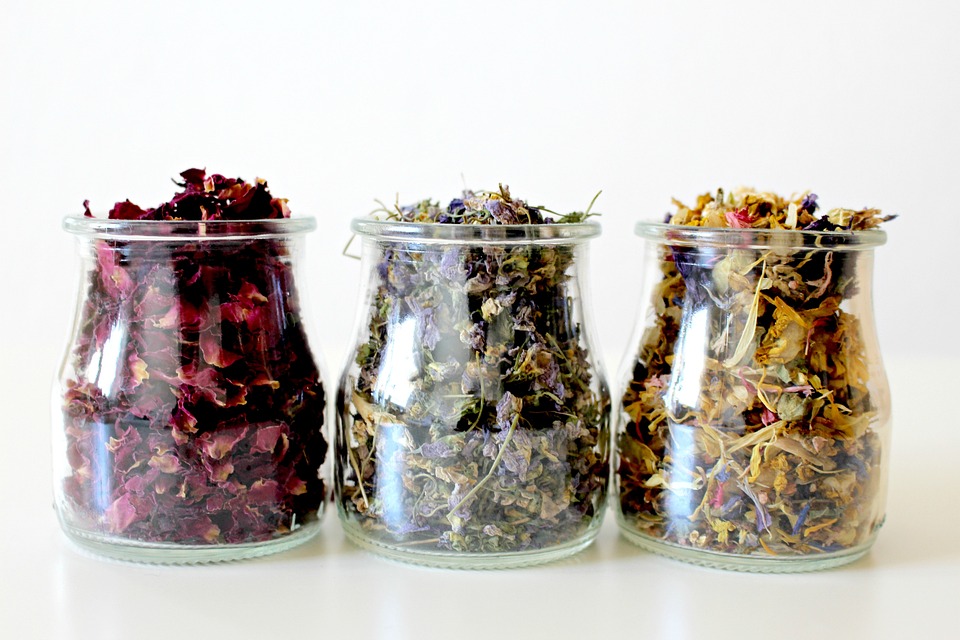Introduction
Nothing beats the feeling of retreating to nature after a long and hectic day.
Whether you have a large backyard or a tiny balcony, creating a beautiful garden shelter can provide you with a peaceful escape right at your doorstep.
In this article, we will explore some stunning garden shelter designs that can inspire you to transform your outdoor space into a serene oasis.
Designing with Nature in Mind
When it comes to designing a garden shelter, it is essential to consider the natural elements surrounding your space.
By incorporating the existing plants and greenery, you can create a harmonious connection between the shelter and the environment.
Opt for materials that blend seamlessly with nature, such as wood, stone, or bamboo.
These natural materials not only add a touch of elegance to your shelter, but they also age beautifully.
Create a Cozy Nook
One of the main objectives of a garden shelter is to provide a peaceful retreat where you can relax and unwind.
Consider designing a cozy nook within your shelter, complete with comfortable seating and soft cushions.
Incorporate weather-resistant fabrics to ensure your shelter can withstand the elements.
Add some throw pillows and blankets to create a warm and inviting atmosphere.
Utilize Vertical Space
If your garden area is limited, don’t worry!
You can still create a stunning shelter by utilizing vertical space.
Install trellises or climbing plants to add height and create a sense of privacy.
Hang potted plants or install shelves to showcase your favorite greenery.
Vertical gardening not only maximizes your space but also adds visual interest to your garden shelter.
Redefine Relaxation with Water Features
Water features can transform any garden shelter into a tranquil oasis.
Consider adding a small pond, fountain, or even a simple birdbath to create a soothing soundscape.
The sound of flowing water has a calming effect that enhances the overall ambiance of your shelter.
Choose water features that fit well within the design of your shelter, creating a seamless integration between nature and architecture.
Let There Be Light
Extend the usability of your garden shelter into the evening hours by incorporating proper lighting.
Choose soft, warm lights to create a cozy and intimate atmosphere after the sun sets.
String lights, lanterns, or even solar-powered fixtures can add a touch of magic to your outdoor space.
Illuminate key architectural features or arrange lights around seating areas to enhance visibility and create an enchanting setting.
FAQs
What factors should I consider when designing a garden shelter?
When designing a garden shelter, consider the size and shape of your outdoor space, the existing natural elements, your desired level of privacy, and the functionality of the shelter.
What materials should I use for a garden shelter?
Materials such as wood, stone, bamboo, or even weather-resistant fabrics are popular choices for garden shelters.
These materials blend well with nature and provide a timeless and elegant look.
Consider durability, maintenance requirements, and your overall aesthetic preferences when selecting materials.
How can I make a small garden area feel more spacious?
To make a small garden area feel more spacious, utilize vertical space by installing trellises or hanging potted plants.
Choose lighter color palettes for furniture and accessories, as this creates the illusion of open space.
Avoid clutter and opt for multifunctional furniture pieces that serve multiple purposes.
Are water features necessary for a garden shelter?
Water features are not necessary, but they can enhance the overall ambiance and tranquility of a garden shelter.
The sound of flowing water can create a soothing and relaxing environment.
However, if you prefer a minimalist or low-maintenance design, you can still achieve a peaceful retreat without incorporating water features.
How can I incorporate sustainability into my garden shelter?
To incorporate sustainability into your garden shelter, consider using eco-friendly materials, such as reclaimed wood or recycled plastic.
Install rainwater harvesting systems to water your plants.
Choose native plants that require less maintenance and water.
Additionally, you can use solar-powered lighting or opt for energy-efficient fixtures to reduce your environmental impact.




